Sports injuries are an unfortunate yet common occurrence among athletes and fitness enthusiasts alike. Whether you're a professional athlete or someone who enjoys weekend runs, the risk of injury is always present. Understanding the types, causes, and prevention methods can significantly reduce the likelihood of getting sidelined by an injury.
The human body is a complex machine, and when pushed beyond its limits, it can break down in various ways. From sprains and strains to fractures and dislocations, sports injuries can range from mild inconveniences to career-ending setbacks. The severity often depends on factors such as the type of sport, intensity of activity, and individual physical conditioning.
Sprains and strains are among the most frequent injuries encountered in sports. A sprain occurs when ligaments—the tough bands of tissue connecting bones—are stretched or torn. Ankles, knees, and wrists are particularly vulnerable. Strains, on the other hand, involve muscles or tendons and often result from overuse or improper technique. Hamstring strains, for instance, are notorious for plaguing runners and sprinters.
Fractures and dislocations represent more severe injuries that often require immediate medical attention. Fractures can be stress-related, developing over time due to repetitive impact, or acute, resulting from a sudden force. Dislocations, where bones are forced out of their normal positions, are common in contact sports like football or rugby. Both injuries can lead to long recovery periods and may necessitate surgical intervention.
Overuse injuries are another category that shouldn't be overlooked. These occur when repetitive motion places excessive stress on a particular body part. Tennis elbow, shin splints, and runner's knee are classic examples. Unlike acute injuries that happen suddenly, overuse injuries develop gradually, making them harder to detect early. Athletes often ignore the initial warning signs, exacerbating the problem.
Prevention is always better than cure, and this holds especially true for sports injuries. Proper warm-up and cool-down routines are essential for preparing the body for physical activity and aiding recovery afterward. Dynamic stretches before exercise and static stretches post-workout can improve flexibility and reduce injury risk. Additionally, incorporating strength training into your regimen can fortify muscles and joints, making them more resilient.
Technique and form play a pivotal role in injury prevention. Poor form not only diminishes performance but also increases the likelihood of injury. This is particularly relevant in weightlifting, where improper lifting techniques can lead to back injuries or muscle tears. Working with a coach or trainer to refine your technique can pay dividends in the long run.
Equipment also matters more than many realize. Worn-out running shoes, ill-fitting helmets, or improperly adjusted gear can all contribute to injuries. Investing in high-quality, sport-specific equipment and ensuring it's well-maintained can provide an added layer of protection. For instance, runners should replace their shoes every 300-500 miles to maintain proper support and cushioning.
Rest and recovery are often undervalued but are critical components of any training program. Overtraining can lead to fatigue, decreased performance, and a higher risk of injury. Listening to your body and allowing adequate time for recovery can prevent overuse injuries and promote long-term athletic development. Sleep, nutrition, and hydration also play vital roles in the body's ability to repair and strengthen itself.
When injuries do occur, prompt and appropriate treatment is crucial. The RICE method—Rest, Ice, Compression, Elevation—is a well-known first-aid protocol for acute injuries. However, more severe cases may require professional medical evaluation. Physical therapy can be instrumental in rehabilitation, helping athletes regain strength, flexibility, and confidence in their bodies.
Mental health is another aspect that shouldn't be ignored. Suffering an injury can be emotionally taxing, especially for competitive athletes. The frustration of being unable to participate, coupled with the fear of reinjury, can lead to anxiety or depression. Seeking support from mental health professionals or support groups can aid in coping with these challenges.
Advancements in sports medicine continue to revolutionize injury treatment and prevention. From innovative surgical techniques to cutting-edge rehabilitation tools, the field is constantly evolving. Wearable technology, such as smartwatches and fitness trackers, can monitor biomechanics and alert users to potential issues before they escalate into injuries.
Ultimately, while sports injuries are a risk inherent to physical activity, they don't have to be an inevitable part of the journey. By staying informed, prioritizing prevention, and addressing issues promptly, athletes can enjoy their sports while minimizing the chances of injury. The key lies in balancing passion with prudence—pushing limits without crossing the line into danger.
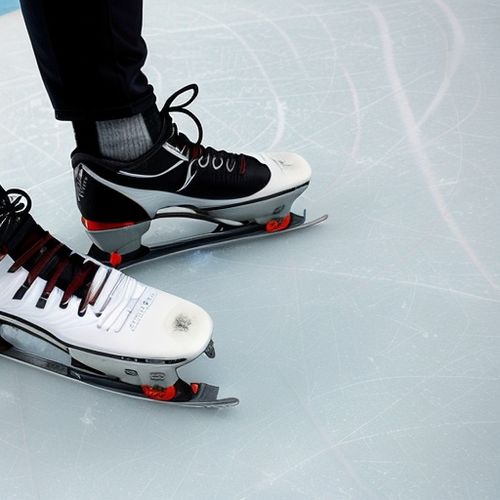
By William Miller/May 9, 2025
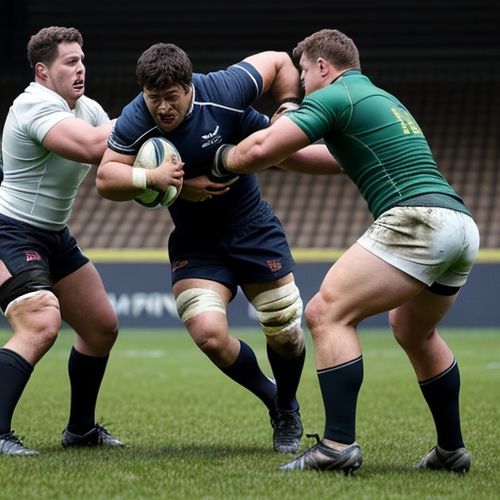
By John Smith/May 9, 2025
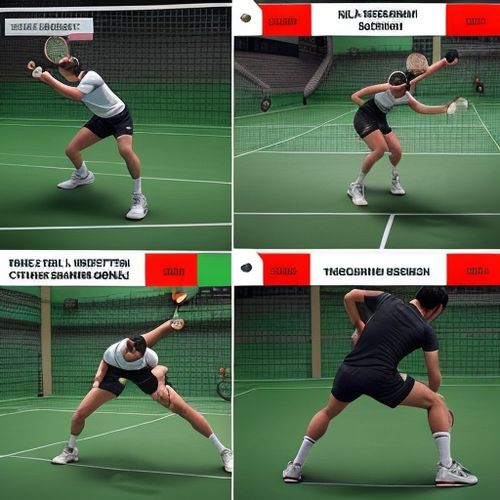
By Lily Simpson/May 9, 2025

By Eric Ward/May 9, 2025

By Eric Ward/May 9, 2025

By Victoria Gonzalez/May 9, 2025

By Samuel Cooper/May 9, 2025

By Emily Johnson/May 9, 2025

By Noah Bell/May 9, 2025

By Joshua Howard/May 9, 2025

By Eric Ward/May 8, 2025

By Joshua Howard/May 8, 2025

By George Bailey/May 8, 2025
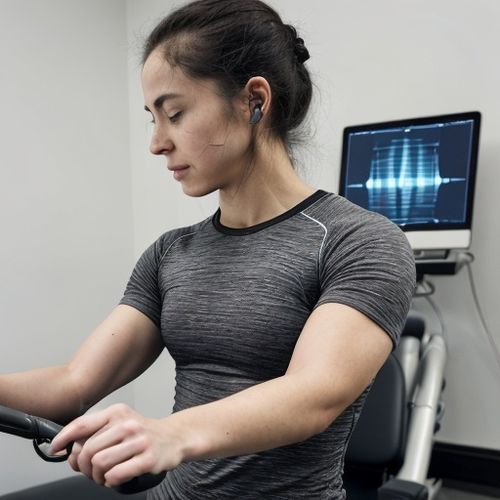
By Grace Cox/May 8, 2025

By Michael Brown/May 8, 2025

By Daniel Scott/May 8, 2025

By Rebecca Stewart/May 8, 2025

By Victoria Gonzalez/May 8, 2025

By Emily Johnson/May 8, 2025
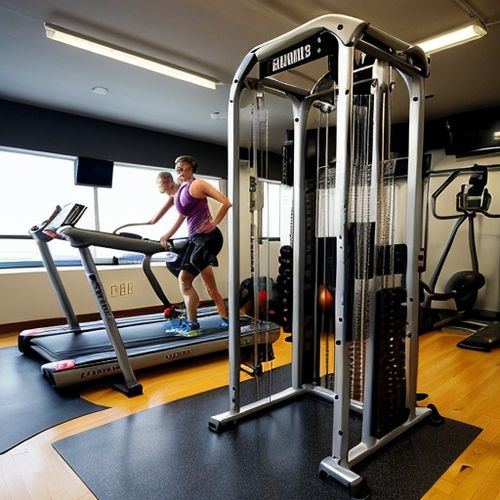
By Olivia Reed/May 8, 2025